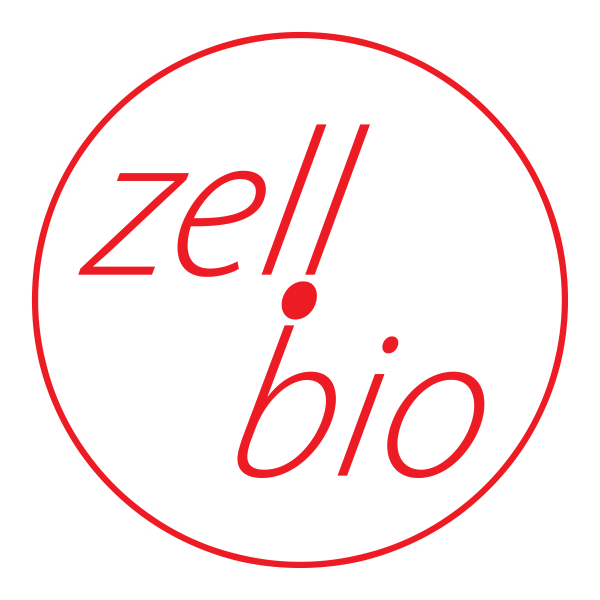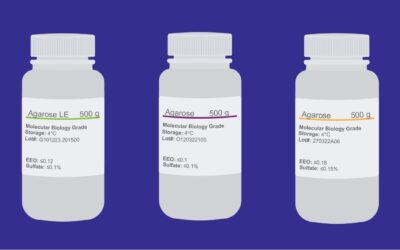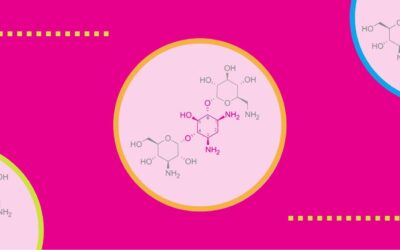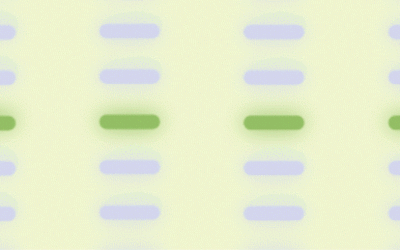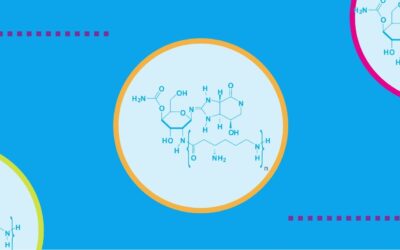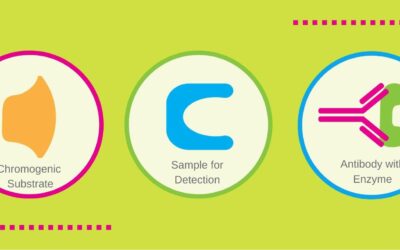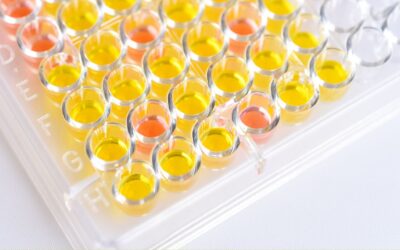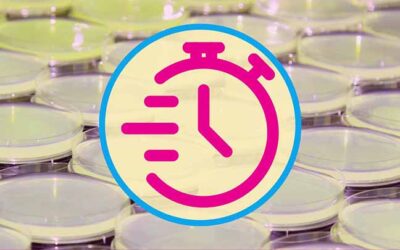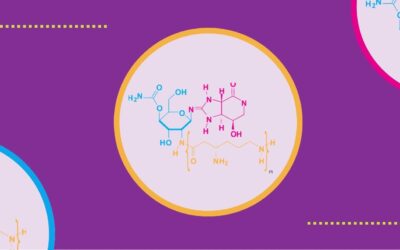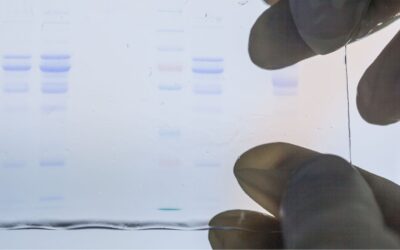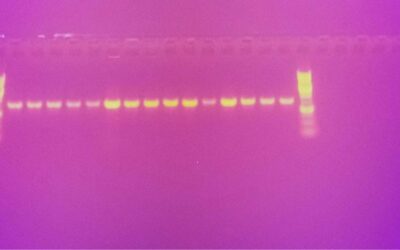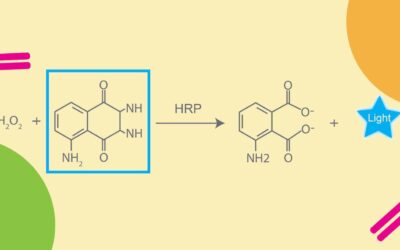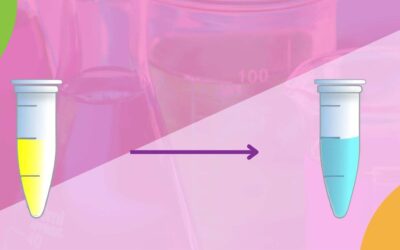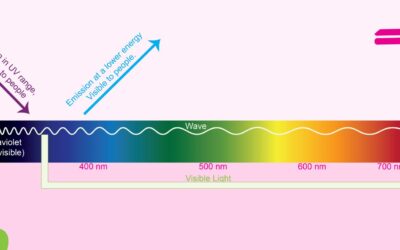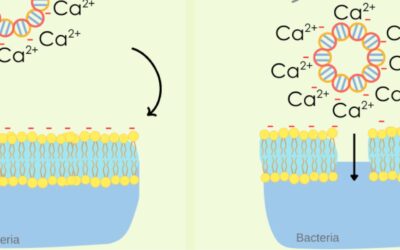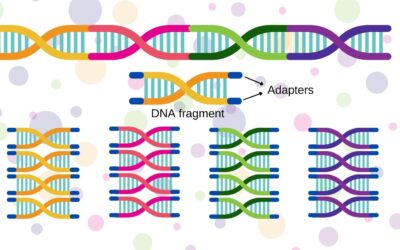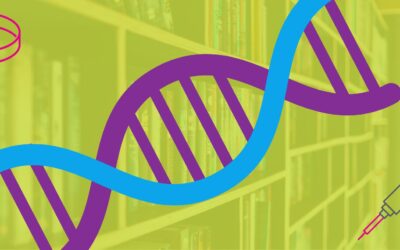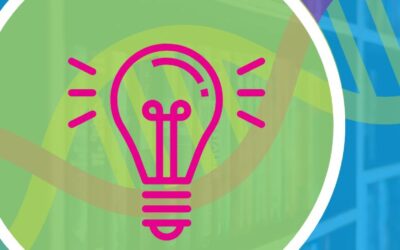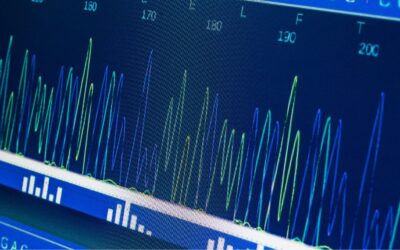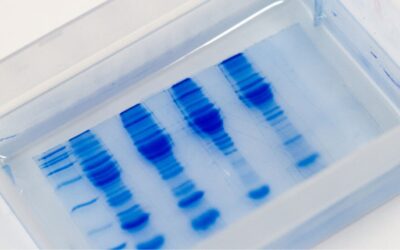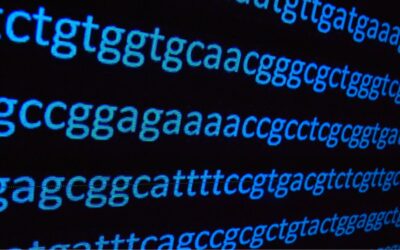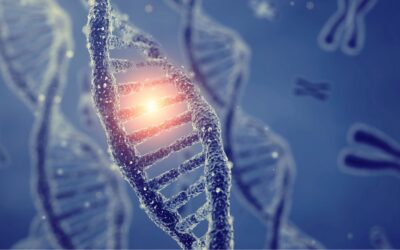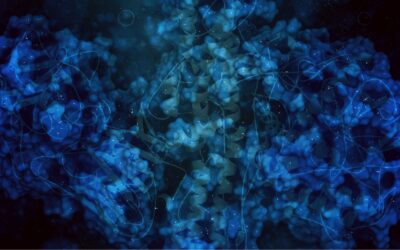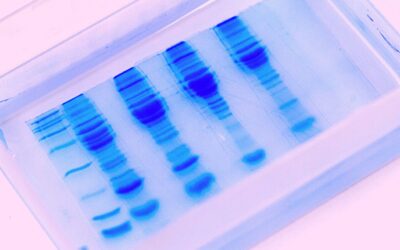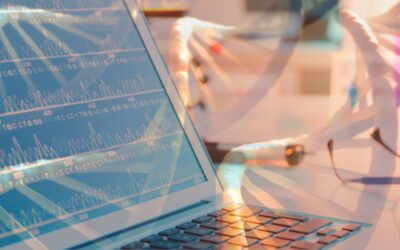Agarose LE vs. Agarose – What’s the Difference?
There are several different types of agaroses commercially available, each with unique properties suited for specific applications. However, a common question that comes up is what is the difference between a standard molecular biology (MB) grade agarose and agarose...
19 Common Questions About Kanamycin
This article gives you quick answers to some very common questions when working with kanamycin monosulfate.Below is a clickable list of the top compiled questions as well as detailed answers to each one.Take a look and save time in your daily work. In this...
Protein Ladders: Prestained Versus Unstained
There are two categories of commercially available protein ladders, unstained protein ladders and prestained protein ladders. However, if you're wanting to know what the difference is between the two, you've come to the right place. The difference between an unstained...
16 Common Questions About Nourseothricin
This article gives you quick answers to some very common questions when working with Nourseothricin sulfate (clonNAT).Below is a clickable list of the top compiled questions as well as detailed answers to each one.Take a look, and save time in your daily work. In this...
Chromogenic Assays: What they are and how they are used in research
Chromogenic assays are detection methods that rely on a color change during the experimental procedure to obtain qualitative and quantitative results. Chromogenic assays are widely used in modern research.In this article we will learn the basic principle of a...
Detection Assays for Proteins: Chromogenic vs Chemiluminescent vs Fluorometric
Detecting a molecule of interest in your study sample is the focus of most bioscience experiments.Among the different classes of biomolecules, proteins are frequently used in laboratories because proteins, among all biomolecules, commonly serve as the ultimate...
Five Tips To Make Your Research Antibiotics Last Longer
How do you make research antibiotics last longer? This is a common question in the lab, and researchers could follow easy practices to extend the shelf life of antibiotics.To make research antibiotics last longer, verify the storage conditions, store them in a dark...
Nourseothricin Overview
Nourseothricin is an aminoglycoside antibiotic and is a mixture of streptothricin D and F (>85%), and streptothricin E and C (<15%). This antibiotic is used for the selection of genetically modified Gram-positive and Gram-negative bacteria, yeast, filamentous...
Protein Electrophoresis Using SDS-PAGE: A Detailed Overview
Each protein has a specific molecular weight. This property is used by scientists to separate them based on their sizes.SDS-PAGE is a technique to separate proteins using an electric current, solely based on their sizes, that is, by their molecular weights. This...
Troubleshooting DNA Ladders
Troubleshooting issues with DNA ladders begins with determining the issue, such as smeared bands, faint bands or missing bands. Next, determine the root cause of the issue: contamination, forgetting to add your ladder, using the wrong buffer or not loading enough of...
Chemiluminescent Detection Assay Using Luminol – Crash Course
A chemiluminescent assay is a type of detection assay, or detection experiment for a specific molecule in your sample. This assay is based on chemiluminescence, which means production of light (luminescence) due to a chemical reaction (chemi).The actual detection is...
Chromogenic Substrates Overview
Chromogenic substrates aid in the qualitative and quantitative detection of enzymes or other proteins in biochemical experiments by producing a visible color (chromo) change.The basic mechanism of chromogenic substrate-mediated detection is that the substrate produces...
All About Fluorometric Detection Assays
Fluorometry is the technique of measuring any parameter using fluorescent emission. In the context of modern bioscience, fluorometry is used to detect biological macromolecules such as proteins and measure their concentration in the experimental sample.Fluoro –...
Tips for Choosing Between Heat Shock or Electroporation
Choosing the right transformation method and being successful is always tricky. Choosing between heat shock or electroporation for competent cells will depend on goals, needed efficiency and budget among other things. In the end, trial-and error can help with the...
Library Preparation Methods for Sequencing
Library preparation is a method where DNA or cDNA is attached to a flow cell (a slide with tiny channels) by adapters allowing the sample to be captured and sequenced. There are two methods used to make a library: ligation-based library preparation and...
Quality Control for Library Preps
Library preparation quality gives you more information about your samples including concentration, size distribution, profile and quality before you go for sequencing. Quality controls are based on fluorometry, qPCR and microfluidics techniques, and their use depends...
The 5 Golden Tips for Library Preparation
Being successful at preparing a library is always tricky because there are many factors involved. They include the input material, the chosen library kit, the sequencing goal, and many others.With all of those factors in mind, I have put together a detailed list of...
6 Key Steps to NGS Input Sample Preparation
Next Generation Sequencing (NGS) sample preparation is the first step in library preparation. Samples consist of DNA or RNA extracted from tissues. Then quality controls are carried out before proceeding with library preparation.The preparation of the input sample is...
Introduction to Blotting Techniques in Molecular Biology
Blotting techniques are used to detect and analyze three types of biological macromolecules: DNA, RNA and proteins. Results of a blotting experiment tell you whether a macromolecule of a specific sequence is present in your sample or not. And, if it indeed is present,...
How To Explore & Sequence Specific Regions of DNA & RNA: 2 NGS Enrichment Strategies
When starting out with Next Generation Sequencing, you might encounter a little puzzle: How do you sequence specific regions of DNA or RNA rather than the whole genome?The answer to your puzzle comes in the form of NGS Enrichment strategies.Enrichment strategies for...
Overview of Sequencing Techniques
The Human Genome Project took over a decade and required extensive institutional efforts.Today one single technician can sequence several human genomes in just three hours! All thanks to the advances in Sanger and Next Generation sequencing techniques (short-read and...
Why And How Proteins Are Used in Bioscience
Proteins are determinants of cell, tissue and organ structure and physiology. Proteins are a class of macromolecules occurring in biosystems in wide abundance and diversity. Finally, researchers harness the power of proteins to produce metabolites and other products...
Western Blot Deep Dive: What It Is and How It Works
Western blot, also called immunoblot, is a commonly used technique for qualitatively and quantitatively analyzing proteins in an experimental sample.Basically, Western blot tells you whether your protein of interest is present in the sample and by how much in relative...
Four Primary Steps and Tools for NGS Data Analyses
What do you do with millions of data? It is a recurrent question in sequencing projects. Analyzing NGS data requires more than a powerful computer. You must prepare and have a general knowledge of the steps and tools available to analyze massive data.Although there...
